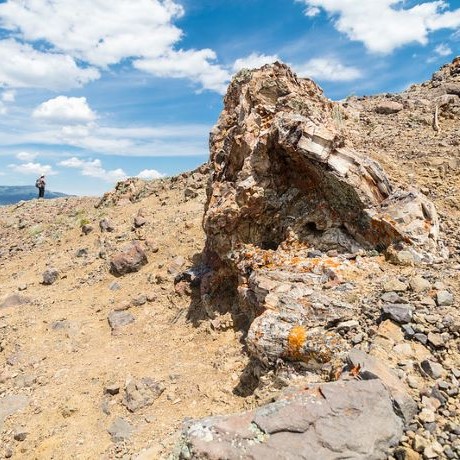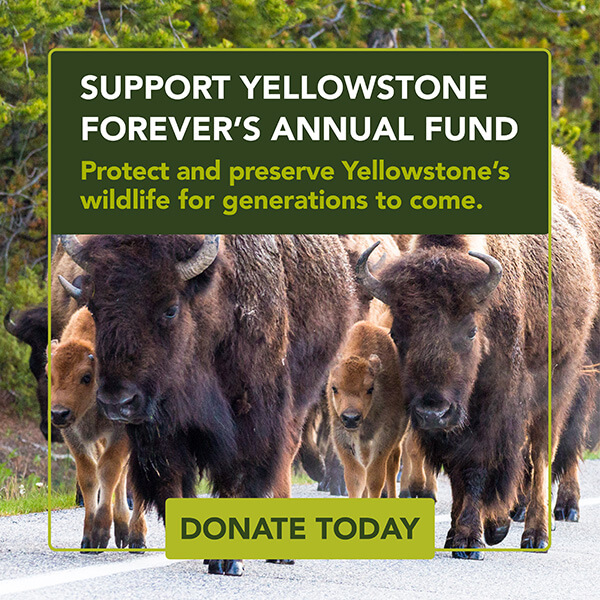Yellowstone’s Geoecosystem: The Geology of Ecology
July 4 - 7
Gardiner, Montana
No
Paul Doss, Ph.D.
18+
Field Seminars
Underlying geologic and climatic conditions form the foundation for every square inch of Earth's living space. In Yellowstone, that foundation is fertile and deadly...brutally cold and fatally hot...sweeping and green, and steep and rocky. In this seminar, you will illuminate the linkages among the solid, wet Earth, and the abundant, diverse life that not just lives in Yellowstone, but thrives in Yellowstone. In The Geology of Ecology, you get to see the magnificent, obvious, and inseparable ways that geology controls the biological elements of Yellowstone's ecosystem. Although every ecosystem on Earth is based upon a geological foundation, the tangible controls on biological diversity are magnificently displayed in Yellowstone National Park. From large landscapes to individual hot springs, from "Charismatic Megafauna" to microscopic plants and animals, the interplay among volcanic and hydrothermal processes, rock types, hydrogeology, and the distribution of plants and animals is intricate and remarkable.
About the instructor
Dr. Paul K. Doss has conducted geological & paleoclimate research, taught field geology, & completed geologic mapping for nearly 40 years in the Rocky Mtn Region and on the Yellowstone Plateau. He also teaches courses on National Parks, Environmental Geology, Global Change, & Hydrogeology in the Department of Geology and Physics at the University of Southern Indiana. He served as the Chief Geologist for Yellowstone National Park from 2000–2001 and was the 1st NPS Coordinating Scientist for the Yellowstone Volcano Observatory. Doss has lead Yellowstone Association and Yellowstone Forever Field Seminars for over two decades, and he’s still trying to learn how to successfully fly-fish on the Yellowstone Plateau.
Testimonials
"Every single stop was amazing! Opened my eyes to all the geology around us that I was always blind to. I loved the activities as well - so interactive and engaging!" - Brittany, MT
"The overall experience of walking with an amazing geologist as he explains the whys and wherefors of this and that throughout the park. Plus the camaraderie of strangers becoming friends." - Deborah, TX
"Our van driver and course assistant was excellent. Hannah was a great driver and maneuvered the vehicle into spots that amazed us all. She was also a thoughtful and watchful assistant on the trails." - Mary Lea, CO






